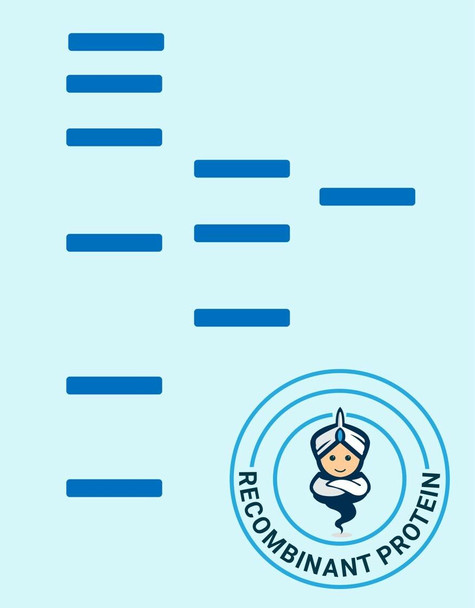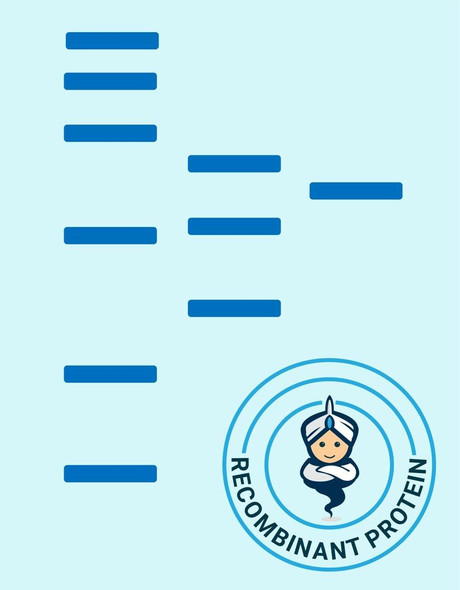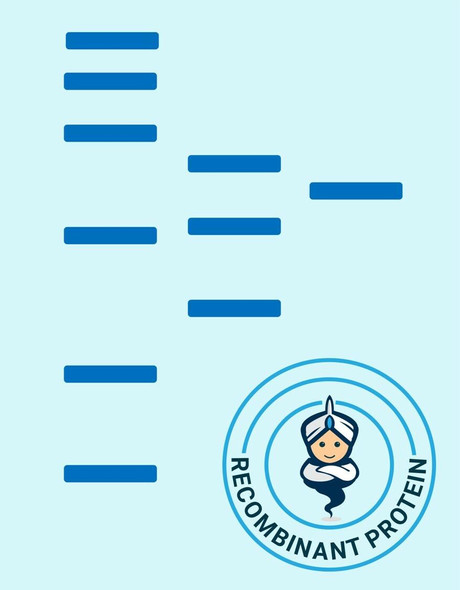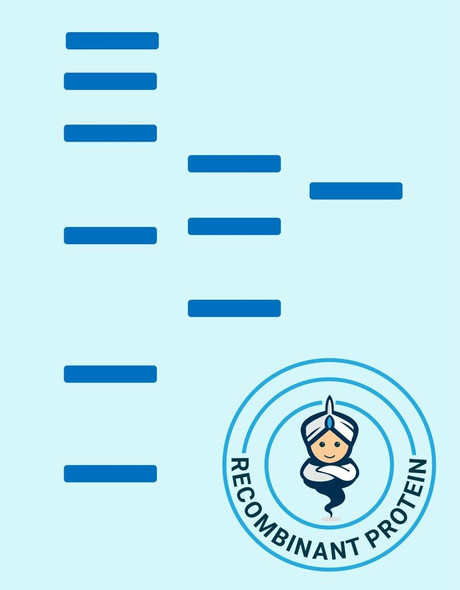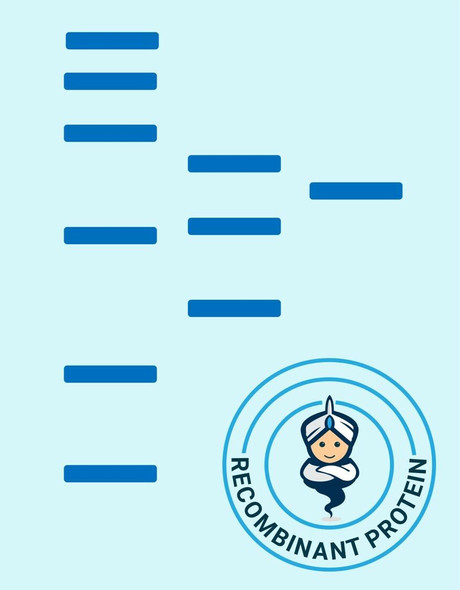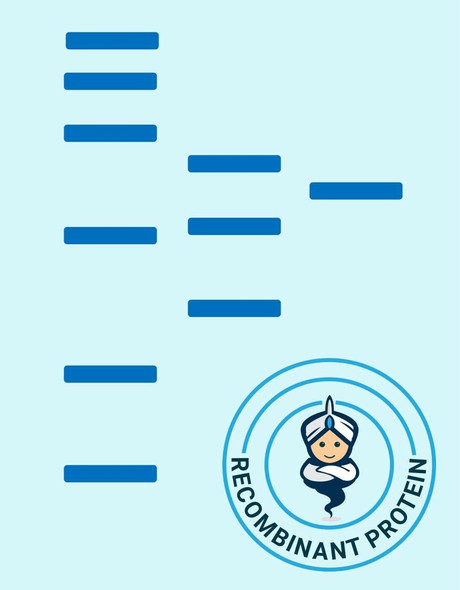T.gondii p30 Recombinant Protein (RPPB5541)
- SKU:
- RPPB5541
- Product type:
- Recombinant Protein
- Size:
- 0.5mg
- Species:
- T.gondii
- Target:
- p30
- Source:
- Escherichia Coli
Description
| Product Name: | T.gondii p30 Recombinant Protein |
| Product Code: | RPPB5541 |
| Size: | 0.5mg |
| Species: | T.gondii |
| Target: | p30 |
| Source: | Escherichia Coli |
| Formulation: | 50mM Tris-HCl pH 8, 1.5M urea and 50% glycerol. |
| Stability: | Toxoplasma protein although stable at 4°C for 1 week, should be stored below -18°C. Please prevent freeze thaw cycles. |
| Purity: | Toxoplasma protein is >95% pure as determined by 10% PAGE (coomassie staining). |
The life cycle of Toxoplasma gondii has two phases. The coccidia like takes place only in members of the Felidae family which makes these animals the parasite's primary host. The asexual part of the life cycle can take place in any warm-blooded animal, like other mammals(including felines) and birds. T. gondii constructing daughter scaffolds within the mother cell. In the intermediate hosts (including felines), the parasite invades cells, forming intracellular so-called parasitophorous vacuoles containing bradyzoites, the slowly replicating form of the parasit. Vacuoles form tissue cysts mainly within the muscles and brain. Since they are within cells, the host's immune system does not detect these cysts. Resistance to antibiotics varies, but the cysts are very difficult to eradicate entirely. Within these vacuoles T. gondii propagates by a series of binary fissions until the infected cell eventually bursts and tachyzoites are released. Tachyzoites are the motile, asexually reproducing form of the parasite. Unlike the bradyzoites, the free tachyzoites are usually efficiently cleared by the host's immune response, although some manage to infect cells and form bradyzoites, thus maintaining the infection.
The E.Coli derived recombinant protein contains the p30 (SAG1) immunodominant regions, amino acids 45-198 and fused to a 26kDa GST tag, having a total Mw of 42.3 kda.

